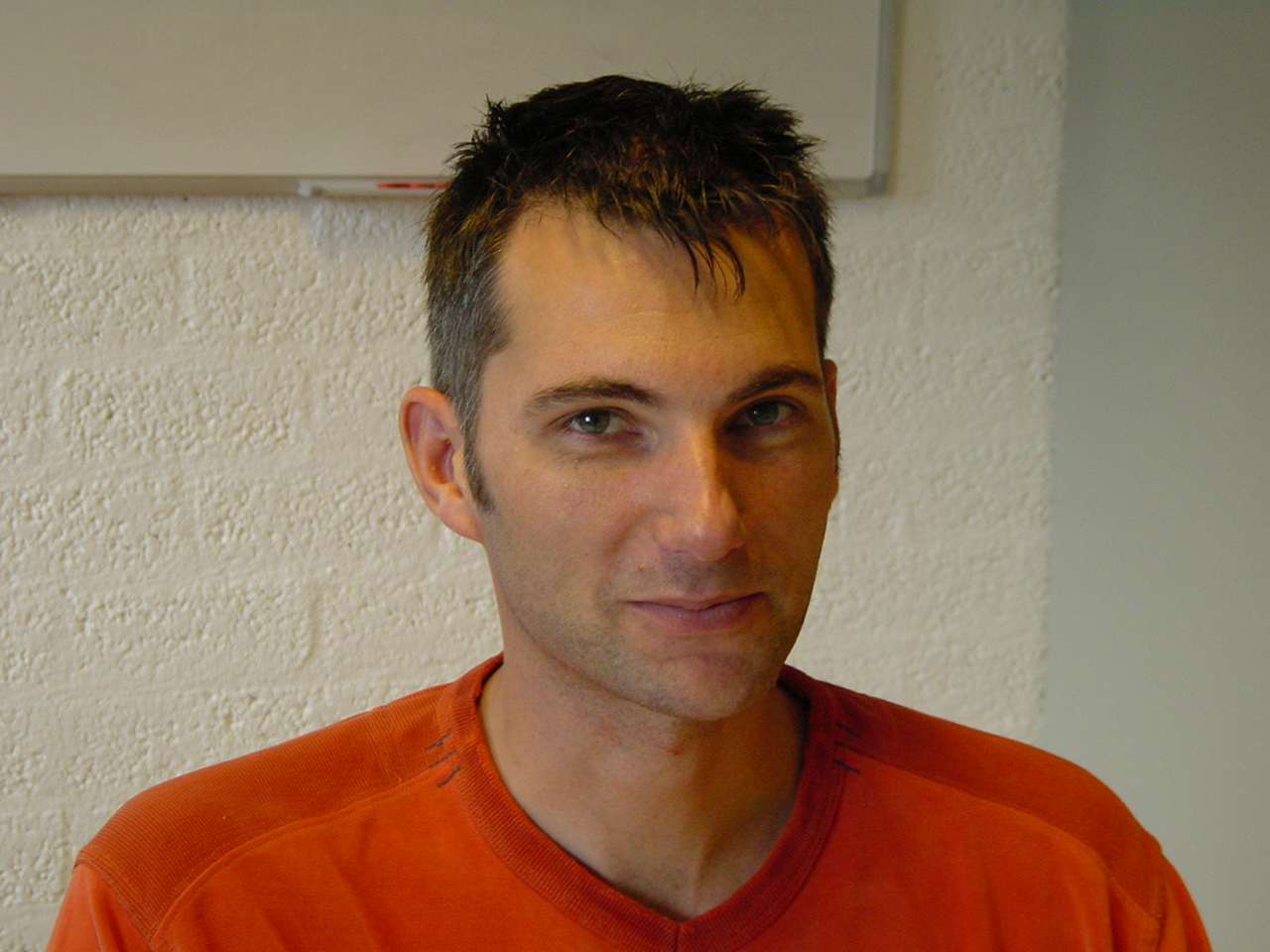Posted on Wednesday, March 31, 2021
This session is jointly sponsored by the Statistics department and the Research
Methods, Measurement, and Evaluation program, University of Connecticut
(UCONN), New England Statistical Society (NESS) and Statistical and Applied
Mathematical Institute (SAMSI) as part of online interdisciplinary seminar
series on statistical methodology for social and behavior research.
Speaker: DR. JEAN-PAUL FOX, UNIVERSITY OF TWENTE
Date and Time: FRIDAY, 4/23/2021, 2PM
Topic: BAYESIAN COVARIANCE STRUCTURE MODELING: AN OVERVIEW AND NEW
DEVELOPMENTS
Abstract:
There is large family of statistical models to understand clustered or
hierarchical structures in the data (e.g., multilevel models, mixed effect
models, random effect models). The general modeling technique is to use
a latent variable (i.e., random effect, frailty parameter) to describe the
covariance among clustered observations, where the strength of the covariance
is represented by the latent variable variance. This approach has several
disadvantages. It is only possible to describe positive within-cluster
correlation (similarity), and not dissimilarity (Nielsen et al., 2021). Sample
size restriction and model complexity are often implied by the number and type
of latent variables. Furthermore, the latent variable variance is restricted to
be positive, which leads to boundary issues at/around zero and statistical
issues in evaluating data in support of a latent variable. A new approach for
modeling clustered data is Bayesian covariance structure modeling (BCSM) in
which the dependence structure is directly modeled through a structured
covariance matrix. BCSM have been developed for various applications and
complex dependence structures (Fox et al., 2017, Klotzke and Fox, 2019a, 2019b;
Mulder and Fox, 2019). This presentation gives an overview of BCSM and
discusses several applications/new developments: (1) BCSM for measurement
invariance testing (Fox et al., 2020); (2) BCSM for identifying negative
within-cluster correlation and personalized (treatment) effects in counseling;
and (3) BCSM for interval-censored, clustered, event-time data from
a three-armed randomized clinical trial investigating coronary intervention.
This talk discusses prior specification, the multiple-hypothesis-testing
problem, and computational demands.

Bio:
Dr. Jean-Paul Fox is a well-established researcher in the area of Bayesian
response modeling. His early work concerns complex psychometric models, for
which he received, in 2004 and 2007, a personal grant (an innovational research
incentives scheme) from the Netherlands Organisation for Scientific Research
(NWO). In 2010, he published a monograph entitled, “Bayesian Item Response
Modeling,” covering research in statistics and psychometrics. He has published
about 70 refereed journal articles. His more-recent work is about Bayesian
covariance structure modeling to improve the modeling of process data in
educational measurement and to identify personalized treatment effects. Fox
also developed and programmed advanced computational statistical estimation
methods to support the application of Bayesian response models for complex
data. The software has been published in different repositories, in the Journal
of Statistical Software, and on his website (www.jean-paulfox.com). Several of
his publications have described innovative estimation methods and new
computational techniques to improve data interpretations. He works at the
University of Twente (The Netherlands), where he was appointed Associate
Professor in 2007.
For inquiry, please contact Dr. Xiaojing Wang at xiaojing.wang@uconn.edu

